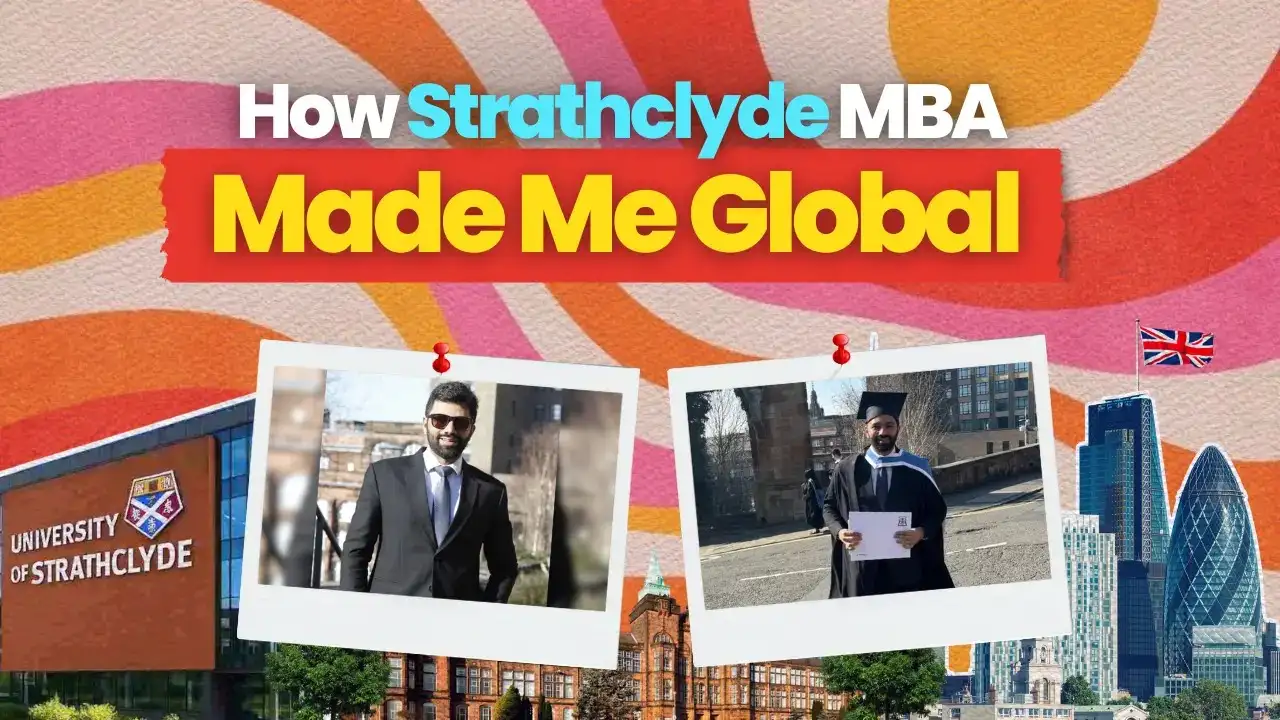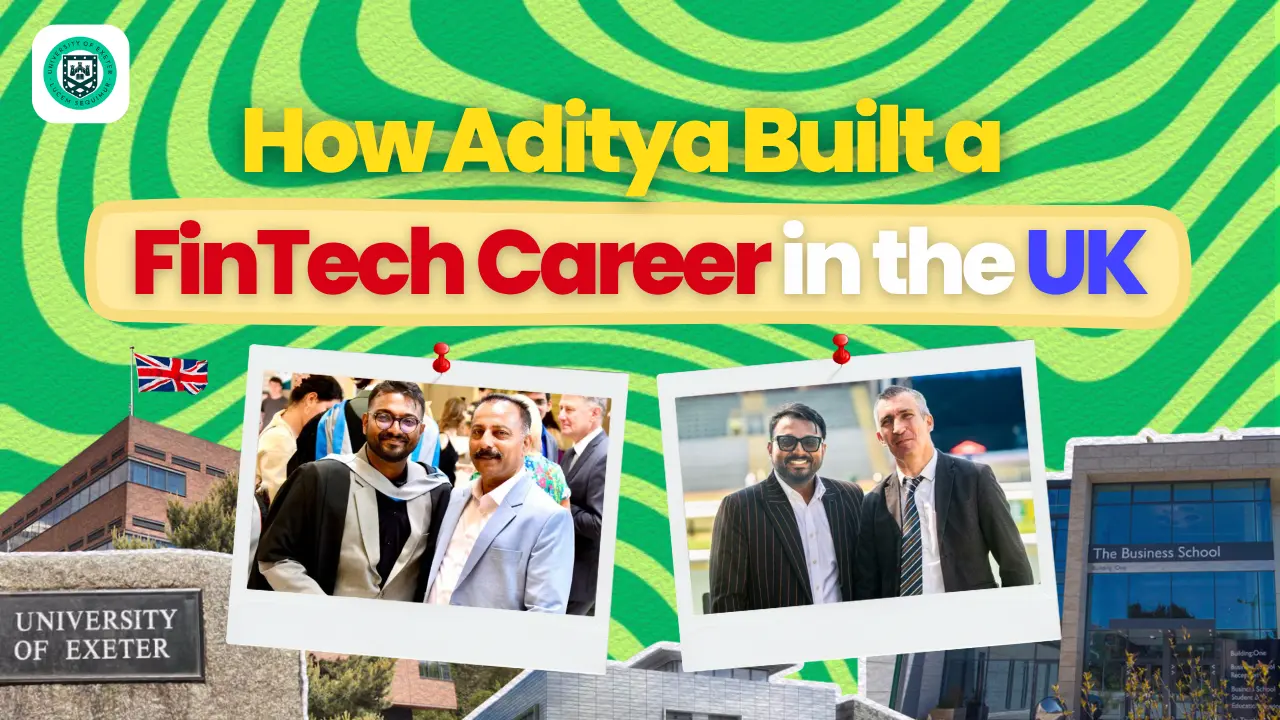Student Reviews
From Academic Research to Industry Impact: Priyal’s Journey From ASU to Tech in the US
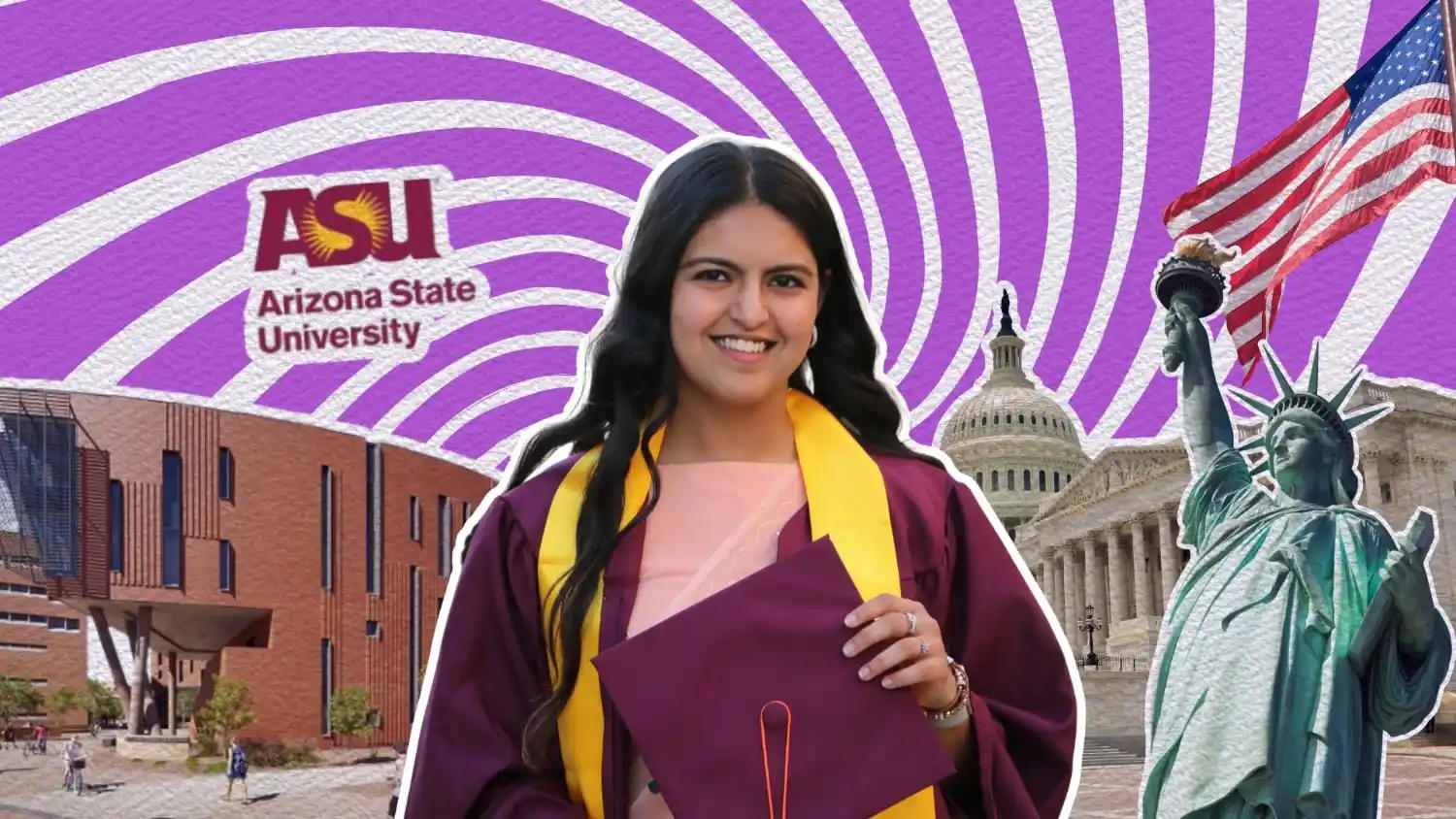
Priyal Padheriya is a Data Scientist at Discount Tire . She holds a Master’s degree in Computer Science from Arizona State University and a Bachelor’s degree in Information Technology from Nirma University . Leap sat down with Priyal Padheriya for an interview session, exploring her path into data science and her experience driving analytics and innovation at Discount Tire.
Q. Tell us about your background
I’m originally from Ahmedabad, Gujarat. I moved to the U.S. to pursue my master’s. It’s been almost three years since I’ve been here. Alongside computer science, I also studied finance as a minor, because I’ve always been interested in bridging the gap between technology and business. Coming from a family of civil engineers, I was the first to venture into computer science. My interest started early, when my dad, being from a civil engineering background, would struggle with computers. I would often sit beside him, trying to figure out what went wrong and how to fix it. Later, in high school, I consulted with mentors as I decided between different branches, such as computer engineering or electronics. Learning more about the field and the opportunities it offered, I chose computer science as my career path.
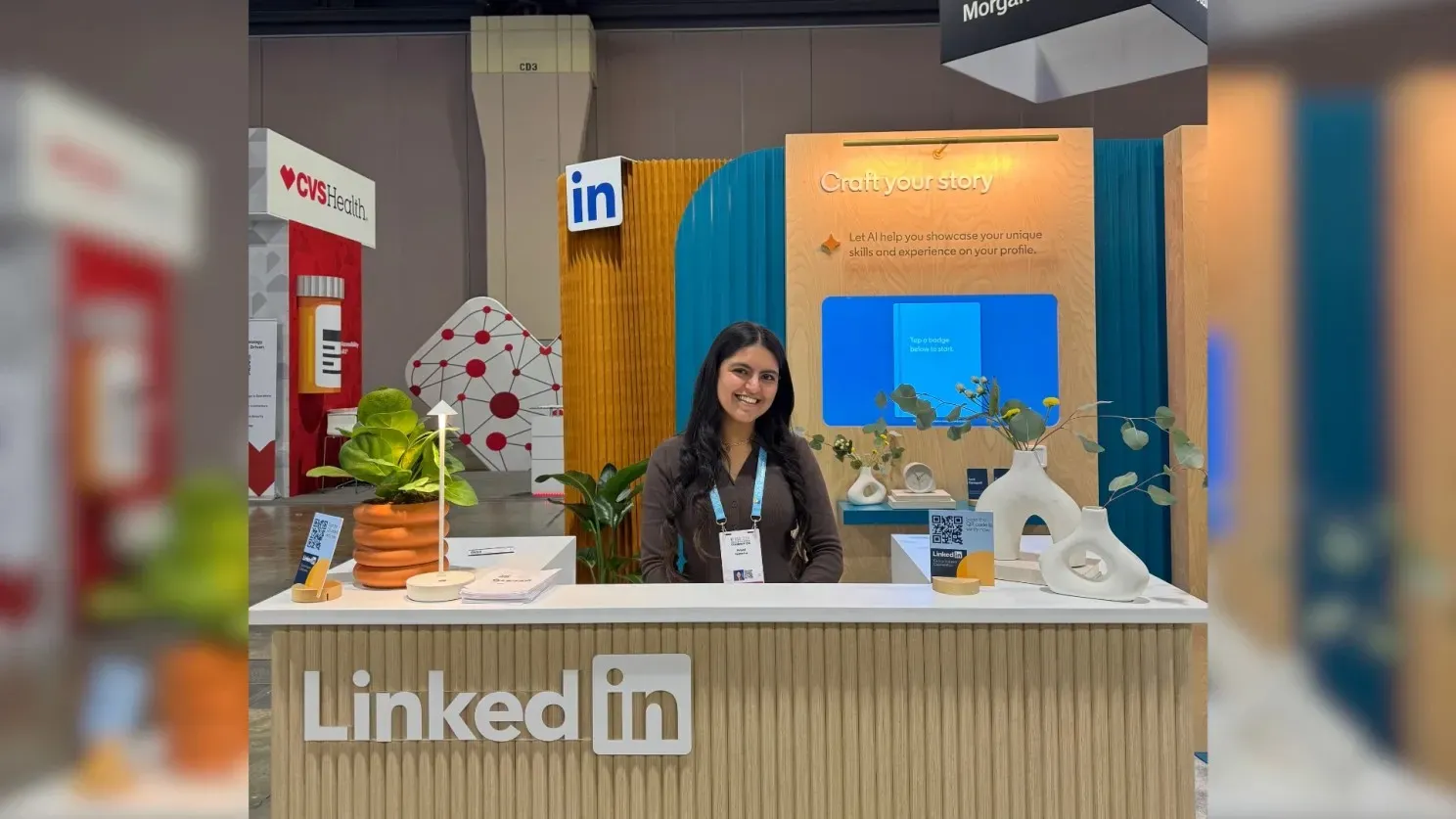
Q. Tell us about your experience at Arizona State University.
The best part about ASU was the professors and the breadth of courses available. In the computer science program, you can choose from three main tracks: software engineering, data and analytics, and machine learning/AI. I chose the data and analytics path, which offered a wide range of courses to dive into.
ASU also provides strong research opportunities through various labs, where students can gain hands-on experience. Another highlight was the flexibility in the graduate program—you could either pursue a thesis if you were considering a PhD, or take the project route if you preferred to build something practical from scratch. That balance between academic depth and applied learning really stood out to me. I also appreciated the strong ties between schools within the university. For example, I took a mini-MBA course offered through the business school, which provided me with exposure to the business side of technology. While I was at ASU, I published a book chapter on machine learning, specifically on predicting depression detection using ML.
Q. Could you walk us through the research project you worked on and how you applied machine learning in it?
I was working in one of my professor’s labs, where one of his PhD students was developing a model to detect depression. The project immediately caught my attention, and I asked if I could contribute to it. Around the same time, a call for contributions to a book on applying machine learning in medical domains emerged, providing the perfect opportunity to delve deeper.
Our chapter, Prediction of Depression Detection Using Different ML Algorithms, explored three approaches: facial recognition, sentiment analysis, and a hybrid model that combined the two. Working with various datasets, we developed three models over a period of approximately four months. The goal was to help doctors detect early signs of depression more effectively.
The chapter was published, and even after graduating, I’ve continued refining the work. We are currently in the process of converting it into a research paper for a journal. For me, the most rewarding part has been realizing that research doesn’t end with coursework; it’s something I can continue building on, even beyond university, to strengthen both my expertise and portfolio.
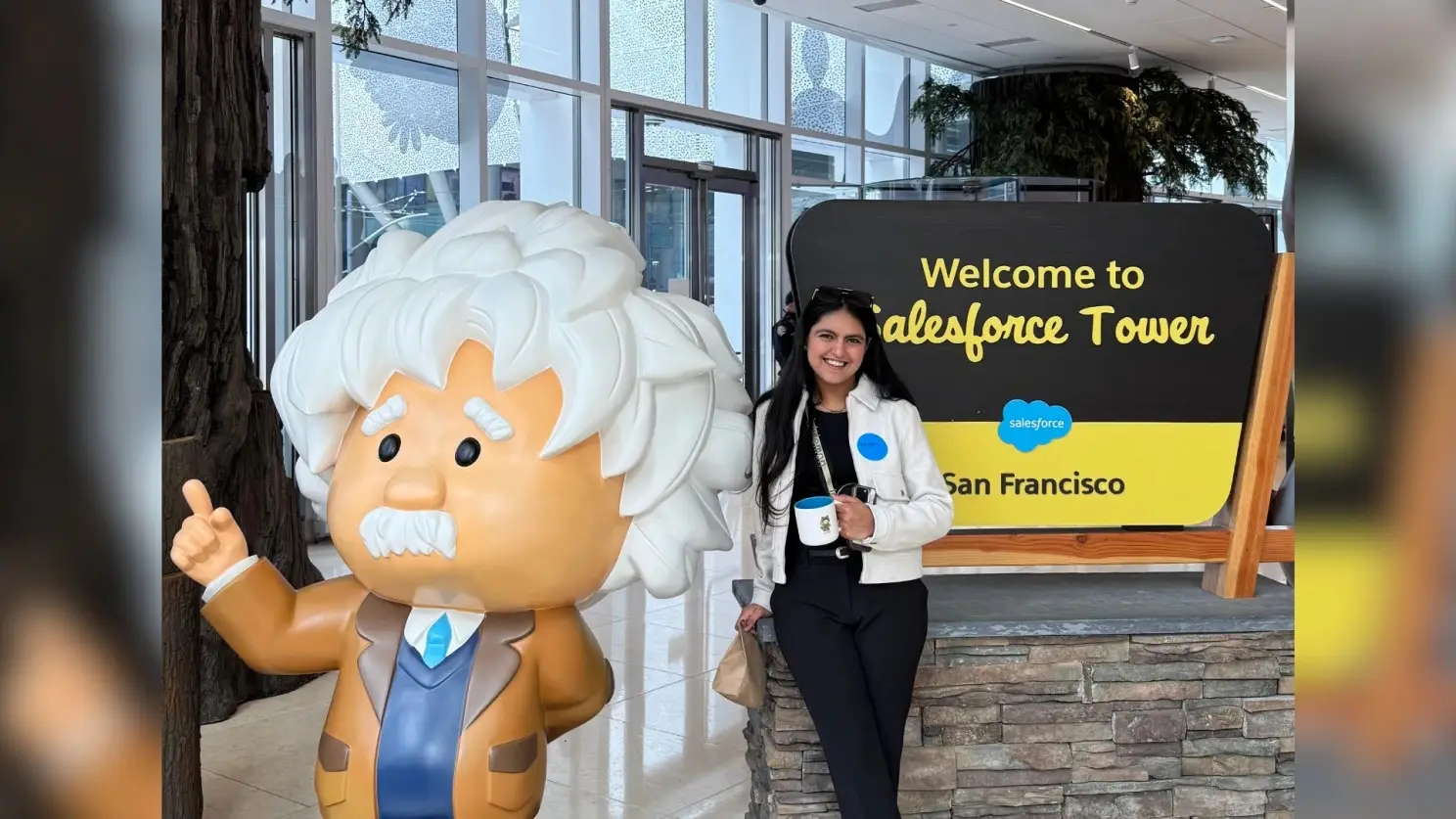
Q. How did you land your current job?
I actually got my job through one of my professors at ASU, Professor David Jarvis , from the College of Business. Back in the summer of 2023, I secured two internship offers through the Grace Hopper Celebration, one of the largest conferences for women in tech, which I had attended for three years. But that was also the period when layoffs were happening everywhere, and just a month before my internship was set to begin, my offer was rescinded.
Unsure of what to do next, I reached out to Professor Jarvis, who had taught my mini MBA course. We had a detailed discussion about my background, the projects I had worked on, and the opportunities I was looking for. He then connected me with a former colleague from his time at Honeywell. That introduction led to a one-hour interview, which evolved into a summer internship, later extended into a fall internship, and ultimately resulted in a full-time role.
Q. How do you see AI transforming the work you do in data analytics?
When I started my summer internships, AI was still relatively new, and many people were hesitant to adopt it in development or analytics. However, over the past year, I’ve witnessed a significant shift. Machine learning has played an important role in automating processes, including ETL pipelines and analytics workflows.
For example, data cleaning and preprocessing used to take weeks of effort. Now, with AI, those tasks can be completed in days, which frees me up to focus on higher-value work, such as building visualizations, meeting with stakeholders, and devising strategies to increase profitability. That said, data analytics will always need human perception. AI relies heavily on historical trends and patterns, but the way we interpret and apply insights still requires human judgment. Instead of replacing our jobs, AI makes our lives easier by automating monotonous tasks and giving us more time to focus on decision-making.
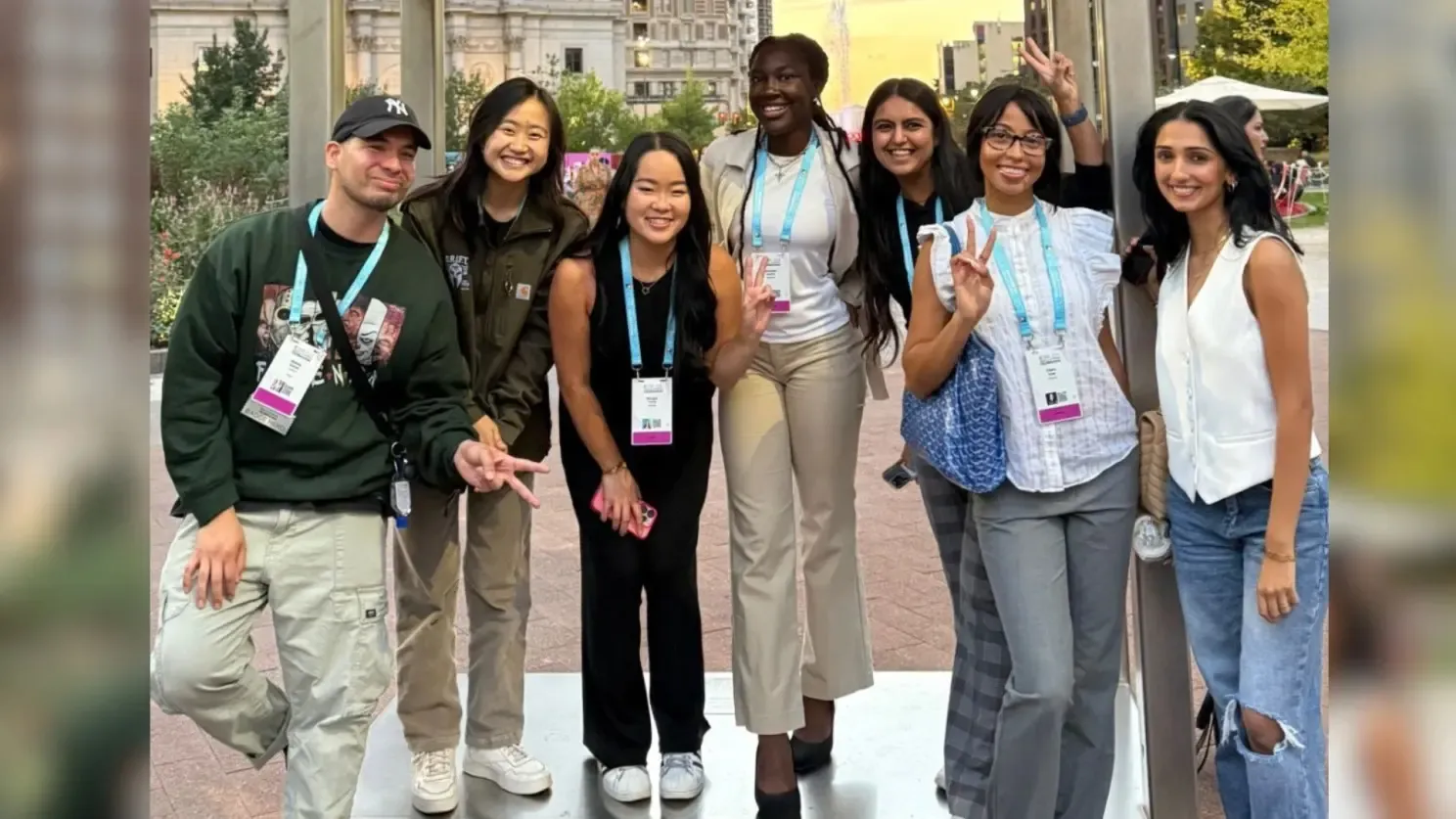
Q. Do you have any tips for someone from India who’s looking to break into your industry in the US?
The first thing I’d say is to make yourself feel at home. When you first move here, it’s easy to get caught up in coursework, finding on-campus jobs, or applying for internships. But it’s equally important to go out, make friends, network, and build a support system. That sense of belonging really helps you settle in. The second thing is to start applying early, whether it’s for internships or full-time roles, and be proactive in upskilling. In the US, people don’t just look at your coursework or grades. They want to see how you’re keeping up with new technologies, what fresh ideas you bring, and how you’re applying them.
